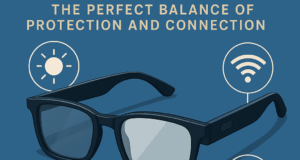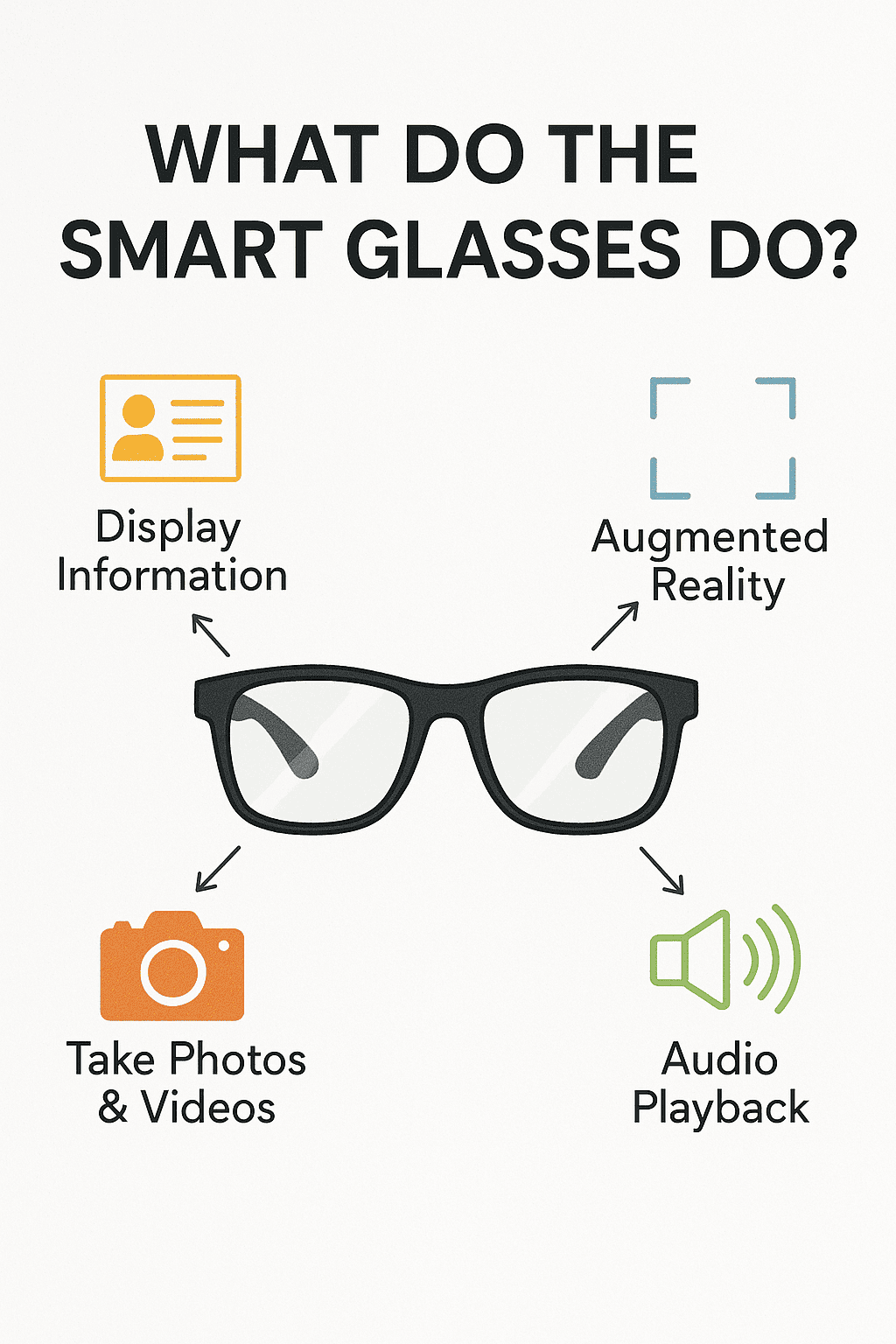What are the disadvantages of smart glasses?
Smart glasses are a wearable computer with an optical head-mounted display (OHMD). They are equipped with cameras, microphones, and sensors, and they superimpose digital data on top of the user’s physical world. Smart glasses are a new technological innovation that has the potential to revolutionize the way we live, work, and play. They offer many benefits, such as hands-free access to information, virtual assistants, and the ability to capture photos and videos with a viewfinder. However, there are also potential drawbacks to this technology, and these include:
Privacy concerns
One of the main concerns with smart glasses is the potential invasion of privacy. These devices are equipped with cameras and microphones that can easily record audio and video of other people without their consent. This technology could lead to the misuse of personal information and a violation of privacy laws. For example, a smart glasses user could accidentally record confidential information or invade someone’s personal space. Additionally, there is the possibility of “digital graffiti” being added to physical spaces and the potential for data breaches of sensitive information.
Security risks
Smart glasses are connected to the internet and collect data from their surroundings, making them vulnerable to cyberattacks. This introduces security risks, such as potential hacking of the device and the possibility of data breaches. Additionally, malicious actors could use smart glasses to spy on other people or conduct illicit activities. This can pose physical risks to the wearer if they are involved in sensitive work or dealings.
Health concerns
Prolonged use of smart glasses can lead to several health issues, including eye strain, dry eyes, and blurred vision. This is due to the near-constant display of digital content that can be difficult for the eyes to focus on. Smart glasses can also cause headaches and nausea, especially from viewing 3D virtual environments. Furthermore, some people may be prone to a condition called “smart glasses syndrome,” which is a combination of eye and neck pain, as well asopia, and asthenopia. Users can mitigate these health risks by using smart glasses responsibly, such as taking frequent breaks and adjusting the display settings.
Social and cultural issues
The introduction of smart glasses brings up questions about social and cultural acceptance. Wearing smart glasses may cause people to feel self-conscious, embarrassed, or concerned about how others perceive them, which could lead to issues with social interaction, confidence, and self-esteem. There is also a risk of smart glasses fostering a divide between those who have access to the technology and those who do not, which could lead to a digital divide and exacerbate inequality. Furthermore, smart glasses may infringe on individual privacy or infringe on cultural sites if used to capture and disseminate information without respect for cultural boundaries.
Dependence and addiction
Smart glasses can become addictive, as people can become overly reliant on them for information and communication. This can lead to negative effects on mental and emotional well-being, as well as a reduction in face-to-face social interaction and a lack of presence in the physical world. Smart glasses can also increase the amount of screen time in a person’s day, which can lead to boredom and cravings for more stimulating content. This can result in excessive use and negative psychological side effects, such as obsession, anxiety, and distraction.
Conclusion
Smart glasses offer many exciting possibilities for technology and connectivity. But along with these benefits, there are also potential disadvantages that users should be aware of. From privacy and security risks to health concerns, social and cultural issues, as well as potential dependence, it is important for societies to carefully consider the adoption of smart glasses technology. It is crucial to prioritize responsible use, implement privacy protections, and develop cultural norms around this technology to mitigate these disadvantages and maximize its positive impact.




